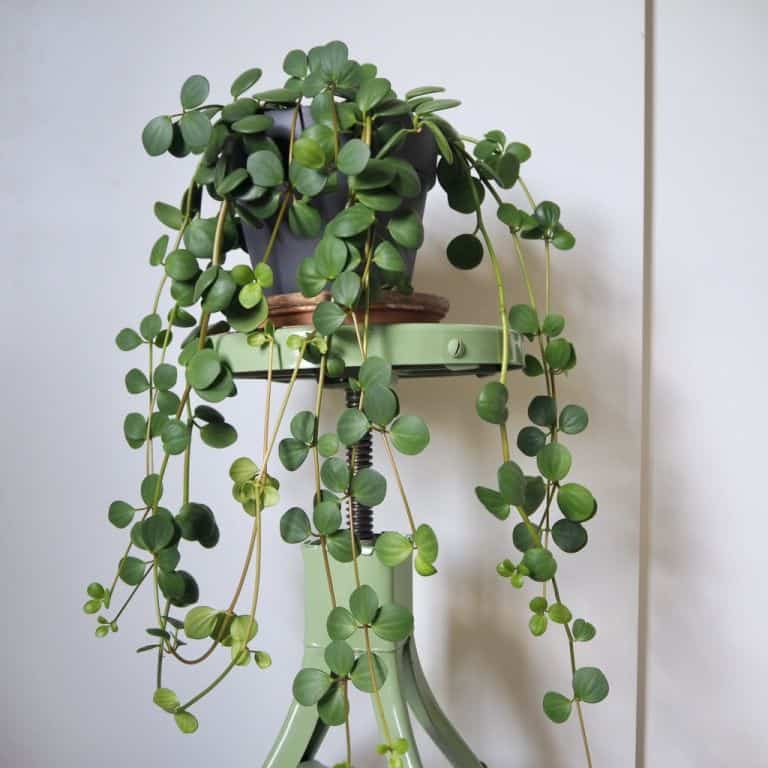Peperomia Hope, also known as Peperomia Polybotrya, is a popular houseplant known for its easy-to-care-for nature and stunning foliage. If you're a plant lover looking to add a low-maintenance but beautiful plant to your collection, Peperomia Hope is a great option. In this article, we'll discuss everything you need to know about caring for Peperomia Hope to ensure it thrives in your home.
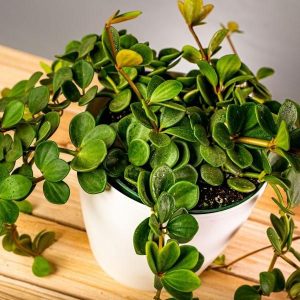
1. Introduction to Peperomia Hope
Peperomia Hope is a member of the Piperaceae family and is native to South America. It's a compact plant with thick, succulent-like leaves that come in a variety of shades of green, ranging from dark green to variegated green and cream. Peperomia Hope is a great addition to any indoor space due to its low maintenance needs and unique appearance.
2. Light Requirements
Peperomia Hope does best in bright, indirect light. Direct sunlight can scorch the leaves, so it's important to avoid placing it in a spot where it will receive direct sunlight. If your plant isn't getting enough light, its growth may become stunted, and the leaves may start to yellow. If this happens, move it to a brighter location.
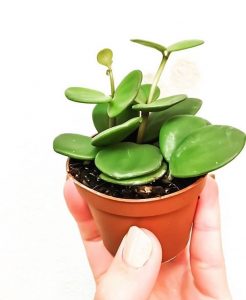
3. Watering Needs
Peperomia Hope is a plant that likes to dry out between waterings. Overwatering can cause root rot, so it's important to only water it when the top inch of soil is dry to the touch. The frequency of watering will vary depending on the humidity and temperature of your home. In general, you should water your Peperomia Hope once a week during the growing season and once every two weeks during the dormant season.
4. Soil Requirements
Peperomia Hope prefers well-draining soil that's rich in organic matter. A good potting mix for Peperomia Hope should include a mixture of perlite, peat moss, and vermiculite. This will allow excess water to drain away from the roots, preventing root rot.
5. Humidity Needs
Peperomia Hope prefers moderate to high humidity levels. If the air in your home is dry, you can increase humidity by placing a tray of water near the plant or using a humidifier. You can also mist the leaves with water to increase humidity levels.

6. Fertilizer Requirements
Peperomia Hope doesn't require frequent fertilization. You can fertilize it once every two to three months during the growing season with a balanced fertilizer. Avoid over-fertilizing, as this can lead to leaf burn.
7. Propagation
Peperomia Hope can be propagated through stem cuttings or leaf cuttings. Stem cuttings should be taken in the spring or summer when the plant is actively growing. Simply cut a stem with a few leaves and place it in moist potting mix. In a few weeks, you should see new growth. Leaf cuttings can also be taken, but they're a bit trickier to propagate.
8. Pests and Diseases
Peperomia Hope is relatively pest and disease-free. However, it can be susceptible to mealybugs, spider mites, and scale insects. To prevent pests, make sure to keep the leaves clean and free of dust. If you do notice pests, treat the plant with an insecticidal soap.
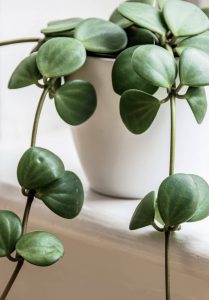
9. Common Problems
it's important to make sure you're watering your plant correctly and that it's getting enough light. If your plant is suffering from yellowing leaves, check the soil to make sure it's not waterlogged. If it is, allow it to dry out before watering again. If the plant is still struggling, it may need to be repotted.
10. Repotting
Peperomia Hope doesn't need to be repotted often, but if you notice it's outgrown its pot, it's time for a new one. When repotting, choose a pot that's only slightly larger than the current one. Repotting in a pot that's too large can lead to overwatering, which can harm the plant.
11. Pruning
Peperomia Hope doesn't require frequent pruning, but you may want to prune it to maintain its shape. To prune, simply cut back any stems or leaves that are overgrown or damaged. Make sure to use clean, sharp scissors to prevent damaging the plant.
12. Toxicity
Peperomia Hope is non-toxic to pets and humans, making it a great choice for households with pets or small children.
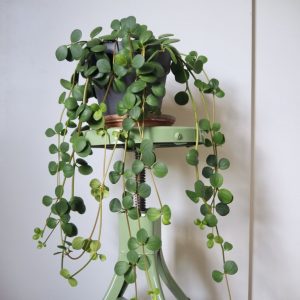
13. Conclusion
Peperomia Hope is a low-maintenance plant that's perfect for plant lovers who want a beautiful addition to their indoor space without a lot of fuss. By following the care tips outlined in this article, you can ensure your Peperomia Hope thrives and remains a stunning addition to your collection.
14. FAQs
- Can Peperomia Hope be grown outdoors?
- Peperomia Hope is best grown indoors, as it doesn't do well in direct sunlight or extreme temperatures.
- Can Peperomia Hope be propagated in water?
- Yes, Peperomia Hope can be propagated in water. Simply place a stem cutting in a jar of water, making sure the leaves don't touch the water, and wait for roots to form.
- Can Peperomia Hope be grown in a terrarium?
- Yes, Peperomia Hope can be grown in a terrarium. Just make sure it's not overcrowded and has enough light.
- How often should I fertilize my Peperomia Hope?
- Peperomia Hope only needs to be fertilized once every two to three months during the growing season.
- What should I do if my Peperomia Hope is getting too leggy?
- If your Peperomia Hope is getting too leggy, it may not be getting enough light. Move it to a brighter location or supplement with artificial light.
The Purpose of a Moss Pole and How to Use It
Pink Princess Plant Care: How to Keep Your Plant Happy and Healthy
